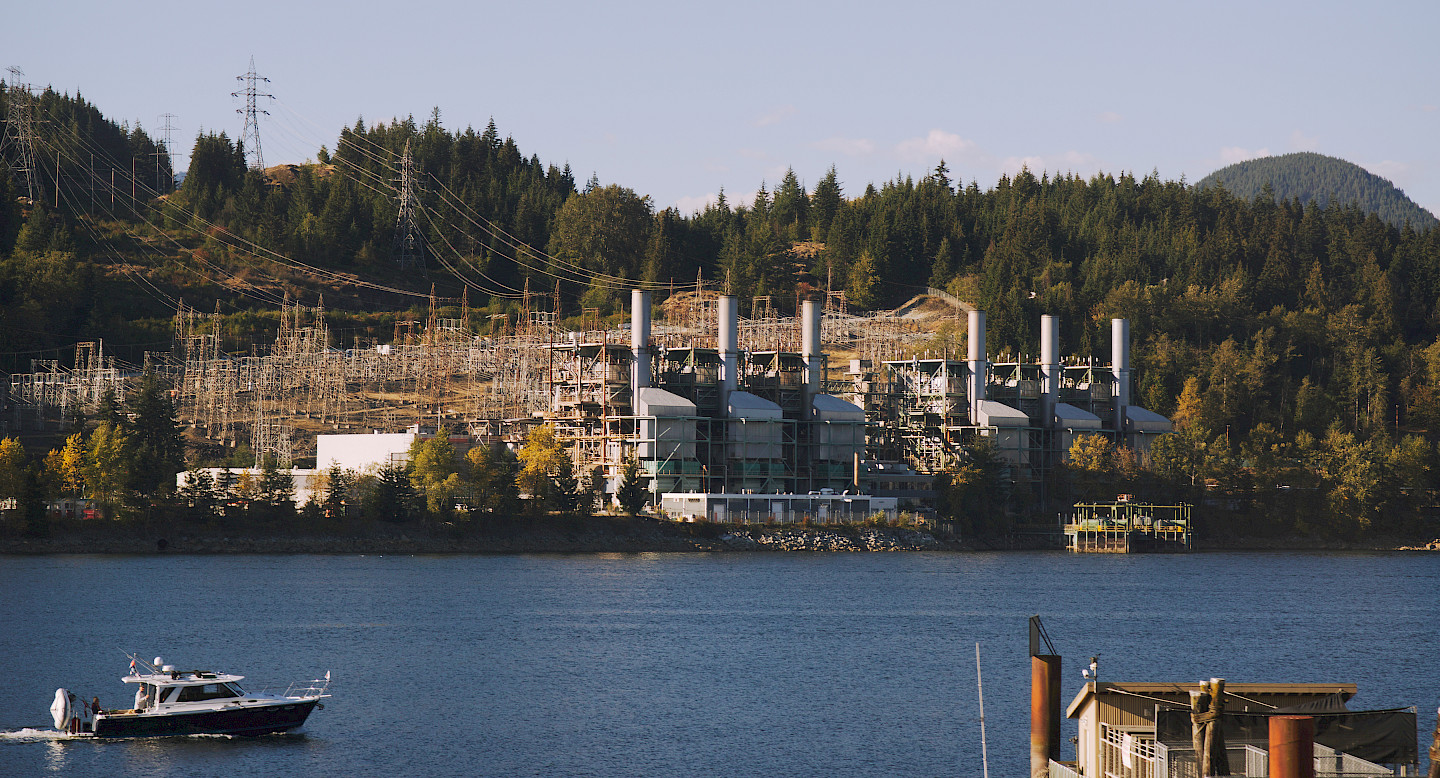Synchronous Condensers

A synchronous condenser or synchronous compensator, is a rotating motor / generator that is synchronised to the grid. They help stabilise the electrical grid and increase system strength during the Energy Transition by providing:
- Reactive Power for voltage control
- Rotating Inertia to stabilise frequency
- High Fault Current to boost the Short Circuit Level
As the world seeks to decarbonise the generation and transmission of electricity, we are adding more inverter based grid connections like Wind Power, Solar PV and HVDC links whilst reducing the amount of grid forming rotating machinery from traditional power sources. This is driving the need for more synchronous condensers to keep the grid stable and able to recover from faults.
SSS Clutches enable new and existing generation sets to operate as hybrid systems with both synchronous condensing and peaking power modes. These hybrid systems can be driven by a wide variety of power sources including Peaking Gas Turbines, Steam Turbines, Peaking Reciprocating Engines and Expander Turbines. As we transition away from fossil fuels, these power sources are increasingly being driven by renewable energy from storage such as heat, compressed air or hydrogen.
Or you can Repurpose your generator, disconnect the prime mover and operate the generator as a stand alone synchronous condenser with a new pony motor acceleration package connected via an SSS Clutch. The clutch will engage to bring the generator up to speed and then automatically disengage when the generator is at speed and the pony motor is stopped.
Synchronous condensers support the move to net zero and improve grid system strength, plus providing additional revenue potential for power generation asset owners. We have been designing and manufacturing clutches for this application for over 60 years.